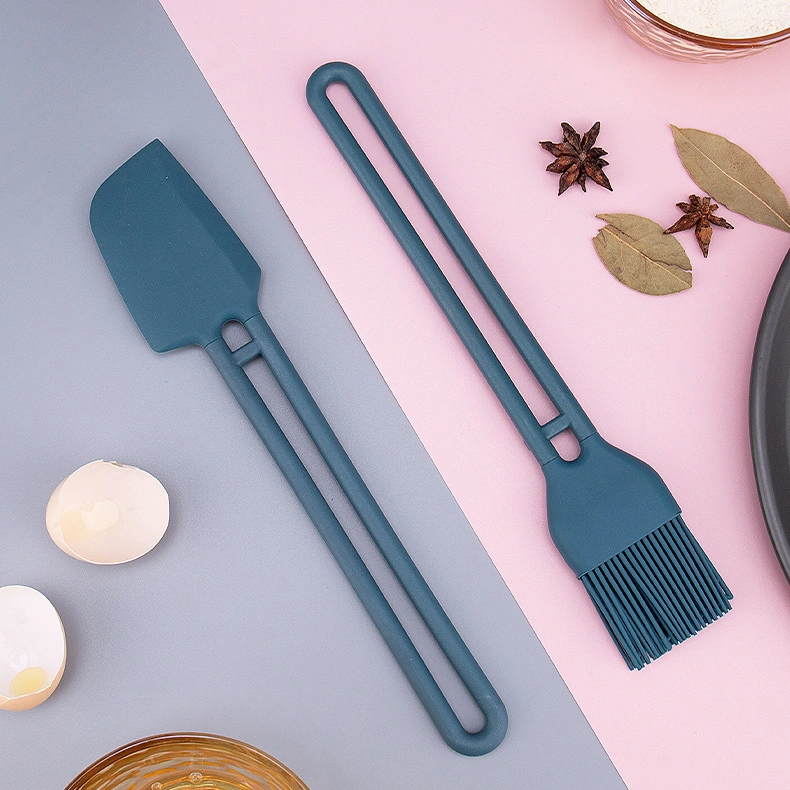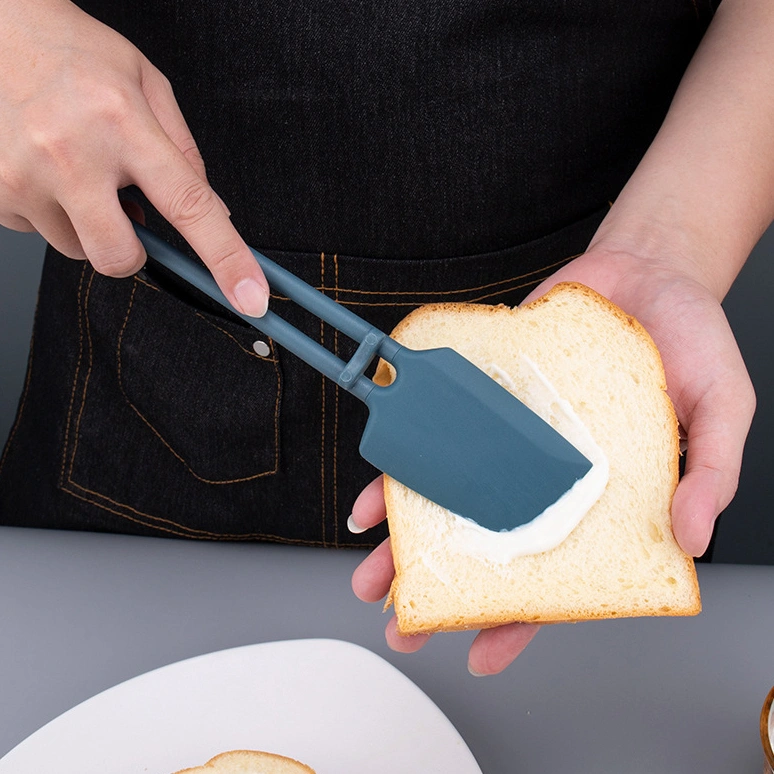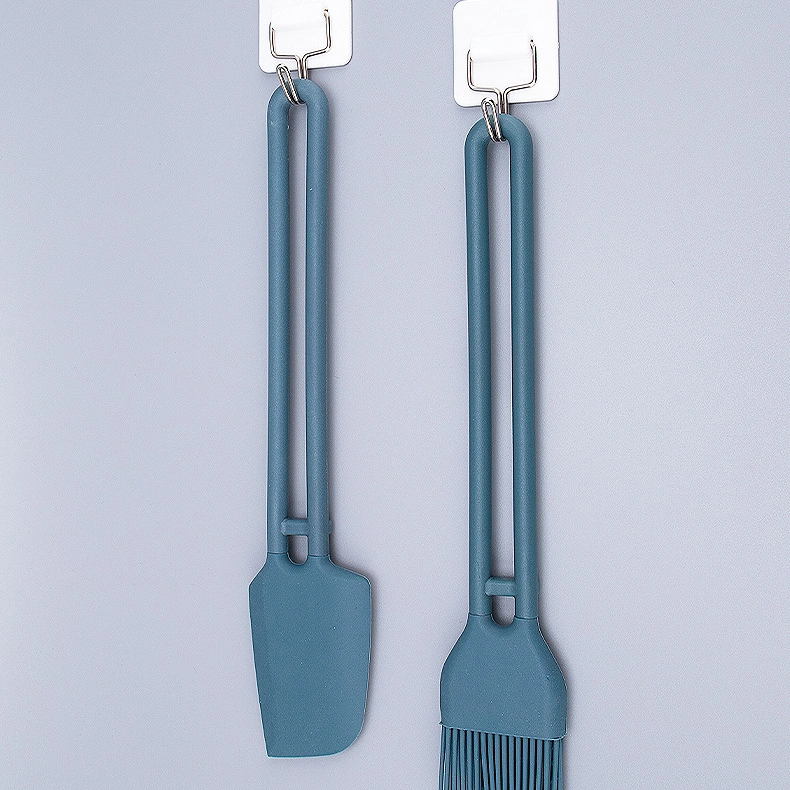Material Composition and Properties

The materials used in kitchen utensils significantly influence their functionality and durability. Among the most commonly encountered materials for spatulas are rubber and silicone. Although they share some similarities, rubber and silicone differ substantially in composition and properties, which affects their performance in various kitchen tasks.
Rubber Spatulas
Rubber spatulas are typically made from natural or synthetic rubber. Natural rubber is derived from latex, offering excellent elasticity and flexibility. Synthetic rubbers are engineered to possess specific properties such as resistance to heat and chemicals. Both types of rubber spatulas provide excellent grip and can withstand moderate heat, making them suitable for various cooking and baking applications.
Composition
- Natural Rubber: Derived from latex, known for elasticity and flexibility.
- Synthetic Rubber: Engineered for heat and chemical resistance.
Key Properties
- Heat Resistance: Moderate.
- Grip: Excellent due to slightly rough and tacky surface.
- Flexibility: High, ideal for scraping delicate surfaces.
Silicone Spatulas

Silicone spatulas are crafted from polydimethylsiloxane (PDMS), a material known for its remarkable thermal stability. Silicone can resist temperatures ranging from -70°C to 250°C without warping or discoloring. Additionally, silicone is non-toxic and resistant to most chemicals, making it a versatile and durable option for kitchen use.
Composition
- Polydimethylsiloxane (PDMS): Known for thermal stability and chemical resistance.
Key Properties
- Heat Resistance: High, withstanding temperatures from -70°C to 250°C.
- Surface: Smooth and non-stick, preventing food from adhering.
- Durability: Resistant to tearing, cracking, and discoloration.
Texture and Grip
One notable distinction between rubber and silicone spatulas is their texture. Rubber spatulas have a slightly rough and tacky surface due to their porous nature. This texture provides an excellent grip, helping prevent food from sticking. In contrast, silicone spatulas offer a smooth, non-stick surface, minimizing the risk of food getting trapped or adhering to the spatula.
Rubber Spatulas
- Texture: Slightly rough and tacky.
- Grip: Excellent, helps prevent food from sticking.
Silicone Spatulas
- Texture: Smooth and non-stick.
- Grip: Less than rubber, but excellent for non-stick cooking.
Flexibility and Precision
The flexibility of rubber and silicone spatulas also differs. Rubber spatulas are slightly more flexible, making them ideal for scraping delicate surfaces or getting into tight corners. Silicone spatulas, with their greater rigidity, offer better precision and control during mixing and stirring, making them suitable for tasks requiring accuracy.
Rubber Spatulas
- Flexibility: High, ideal for scraping and delicate surfaces.
- Precision: Moderate.
Silicone Spatulas
- Flexibility: Moderate, better suited for precision tasks.
- Precision: High, excellent for mixing and stirring.
Durability and Longevity
In terms of durability, silicone spatulas are superior. Silicone is more resistant to tearing, cracking, and discoloration than rubber, resulting in a longer lifespan and better value over time. This makes silicone spatulas a more sustainable choice for those looking to invest in long-lasting kitchen tools.
Rubber Spatulas
- Durability: Moderate, prone to tearing and cracking over time.
- Lifespan: Shorter compared to silicone.
Silicone Spatulas
- Durability: High, resistant to tearing, cracking, and discoloration.
- Lifespan: Longer, offering greater value and sustainability.
-

China Bulk Wholesale Custom Silicone Spatula Factory
Conclusion
Ultimately, the choice between rubber and silicone spatulas depends on the specific kitchen application. Rubber spatulas excel in tasks where flexibility and grip are paramount, making them ideal for delicate and detailed work. Silicone spatulas shine in scenarios requiring heat resistance, durability, and ease of cleaning. By understanding the key differences between these materials, you can select the appropriate spatula to enhance your cooking and baking experience.
